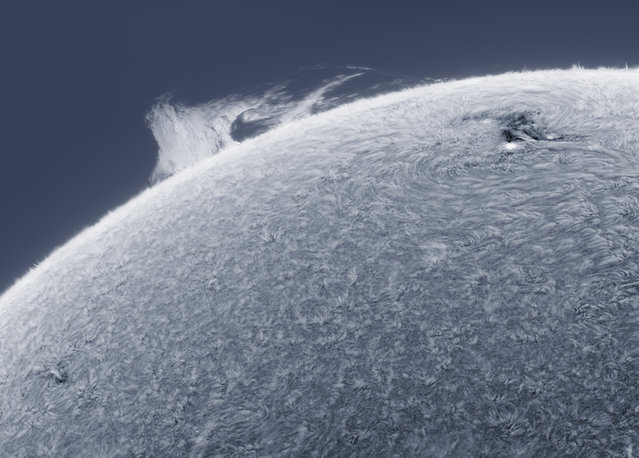03 Oct 2012 09:02:00,post received
0 comments
Details
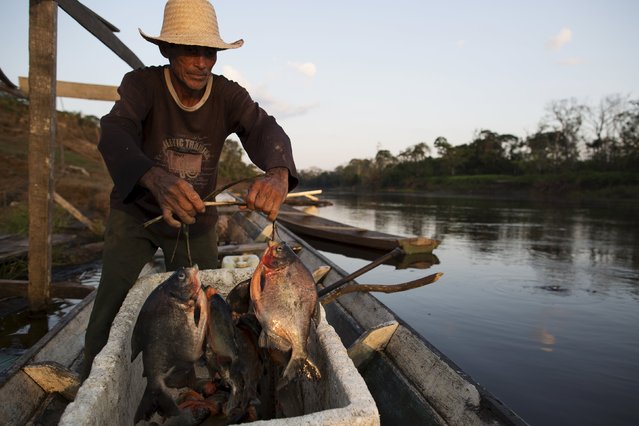
Francisco da Silva Vale, 61, cools off fish with ice produced on solar-powered ice machines at Vila Nova do Amana community in the Sustainable Development Reserve, in Amazonas state, Brazil, September 23, 2015. Three solar-powered machines, are producing about ninety kilos of ice per day, in a region with poor access to electric energy, which used to be produced only with diesel oil, in the Amazon rain forest. (Photo by Bruno Kelly/Reuters)
10 Oct 2015 08:03:00,post received
0 comments
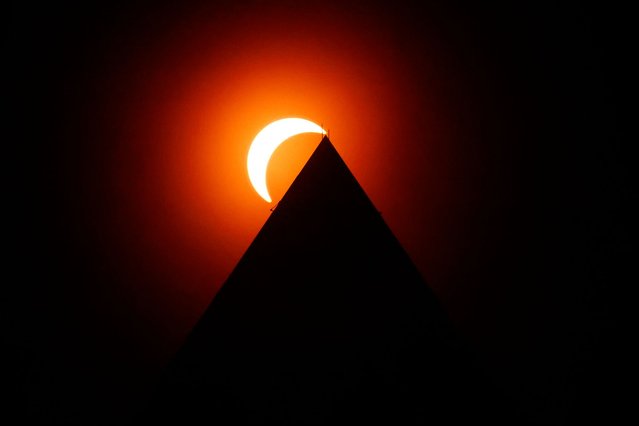
The solar eclipse is seen above the Washington Monument on April 08, 2024 in Washington, DC. People have traveled to areas across North America that are in the “path of totality” in order to experience the eclipse today. The next total solar eclipse that can be seen from a large part of North America won't happen until 2044. (Photo by Chip Somodevilla/Getty Images)
20 May 2024 02:29:00,post received
0 comments

Bella Hadid, leads other models, as they wear creations as part of the Fendi Fall/Winter 2022-2023 fashion collection, as guests record the show on their cell phones during the Fashion Week in Milan, Italy, Wednesday, February 23, 2022. (Photo by Antonio Calanni/AP Photo)
24 Feb 2022 06:44:00,post received
0 comments
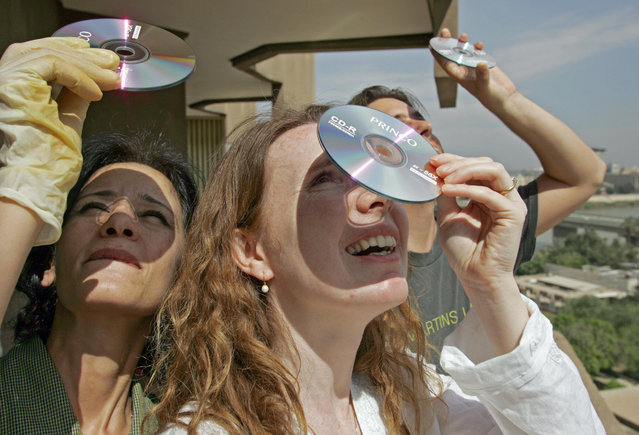
An Iraqi woman and foreigners use pair of compact discs as a filter to watch the partial solar eclipse in war-torn Baghdad, 29 March 2006. Without access to proper equipment to protect their eyes from the sun's rays, eclipse watchers in Iraq used makeshift filters. The moon blotted out the sun over northwest Africa early Wednesday, turning day into night in a total solar eclipse as it swept a shadowy path from the outer tip of Brazil to the steppes of Mongolia. (Photo by Hassan Ammar/AFP Photo)
25 Jul 2017 09:31:00,post received
0 comments
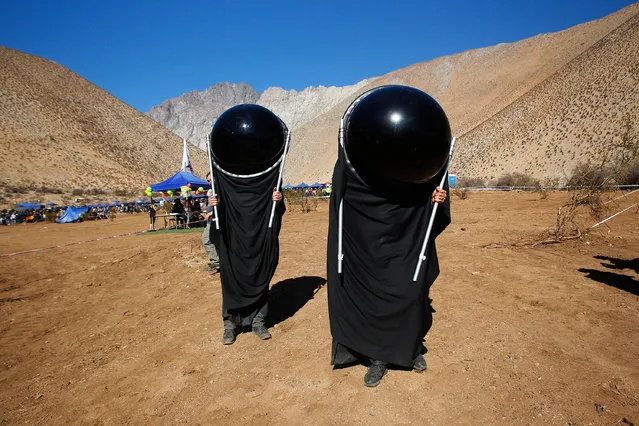
Chileans watch the sky with special suits prior to a total solar eclipse on July 2, 2019 in Paiguano, Chile. Around 25,0000 tourists arrived to Paiguano, a small town of around 1,000 inhabitants in the Elqui Valley, 650 km away Santiago. This is the only Earth's total solar eclipse of 2019 and the first one since 2017. From this point, the sun will fully disappear for around two minutes. It is best visible from a stripe in the South Pacific, Chile and Argentina. (Photo by Marcelo Hernandez/Getty Images)
04 Jul 2019 00:05:00,post received
0 comments

An Israeli soldier looks through her cell phone as she enjoys the Ranunculus flowers in a field in the southern Israeli Kibbutz of Nir Yitzhak, located along the Israeli- Gaza Strip border, during the Jewish holiday of Pesach (Passover) on April 12, 2017. (Photo by Menahem Kahana/AFP Photo)
21 Apr 2017 07:54:00,post received
0 comments

A man works on a small replica of the Iron Man armor next to a homemade replica of the “Hulkbuster” Iron Man armour from the movie “Avengers: Age of Ultron”, at an underground parking lot in Zhengzhou, Henan province, China, May 12, 2015. The 3.4-metre-tall replica is made of over 100 fiber-reinforced plastic components. It took Xing and his friends two months to put them together after watching the trailer of the movie in March, local media reported. (Photo by Reuters/Stringer)
16 May 2015 12:41:00,post received
0 comments

